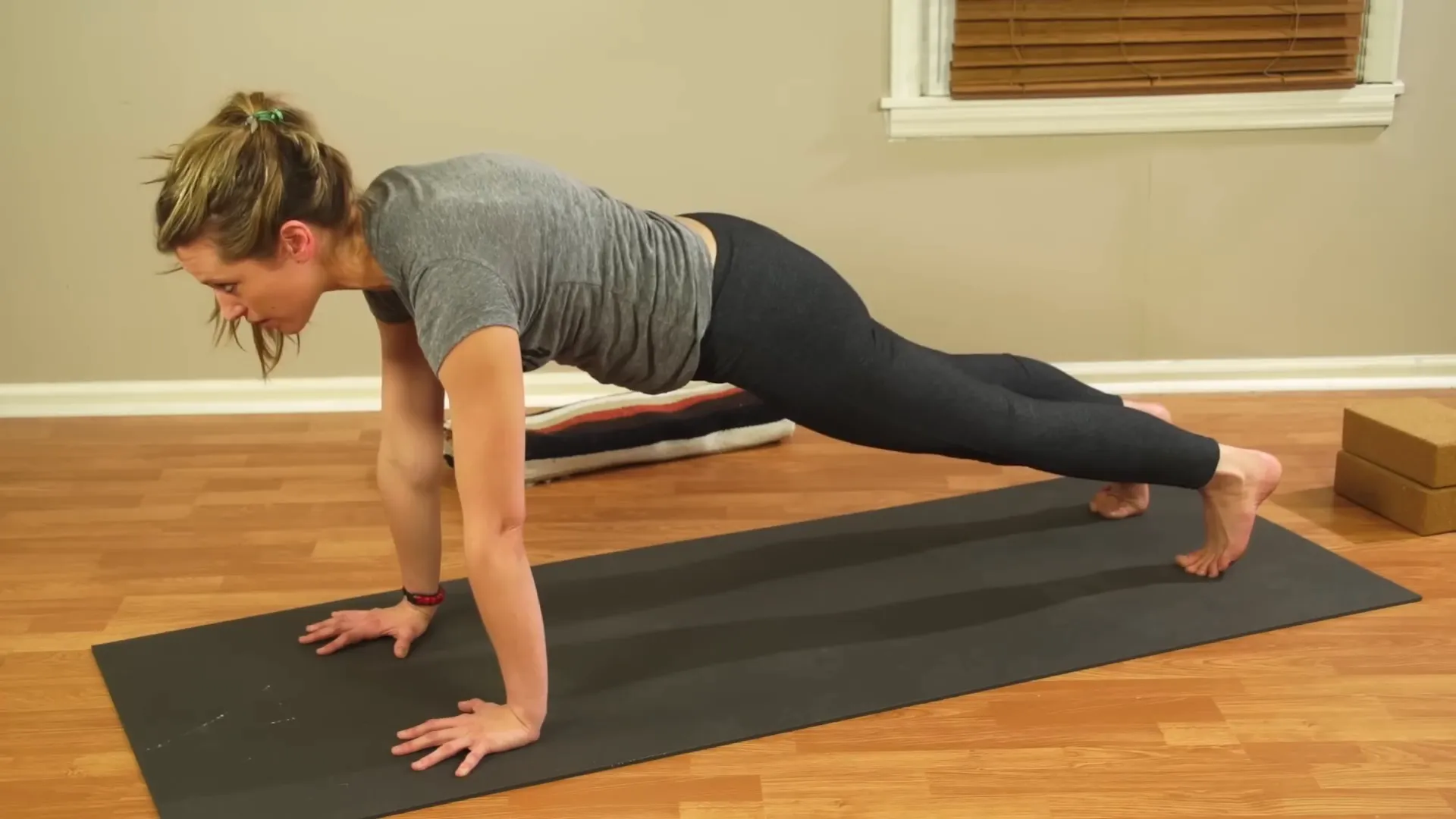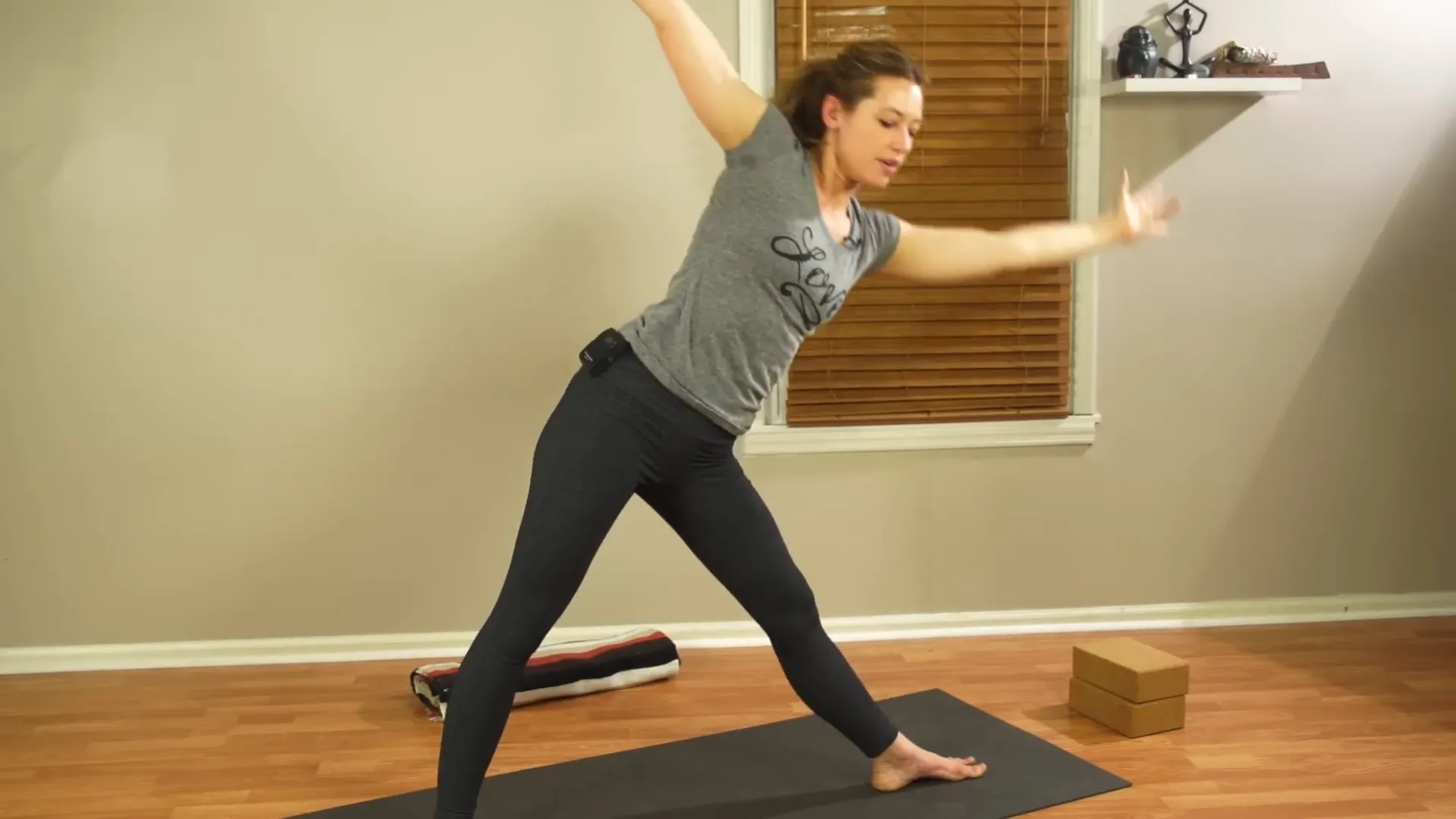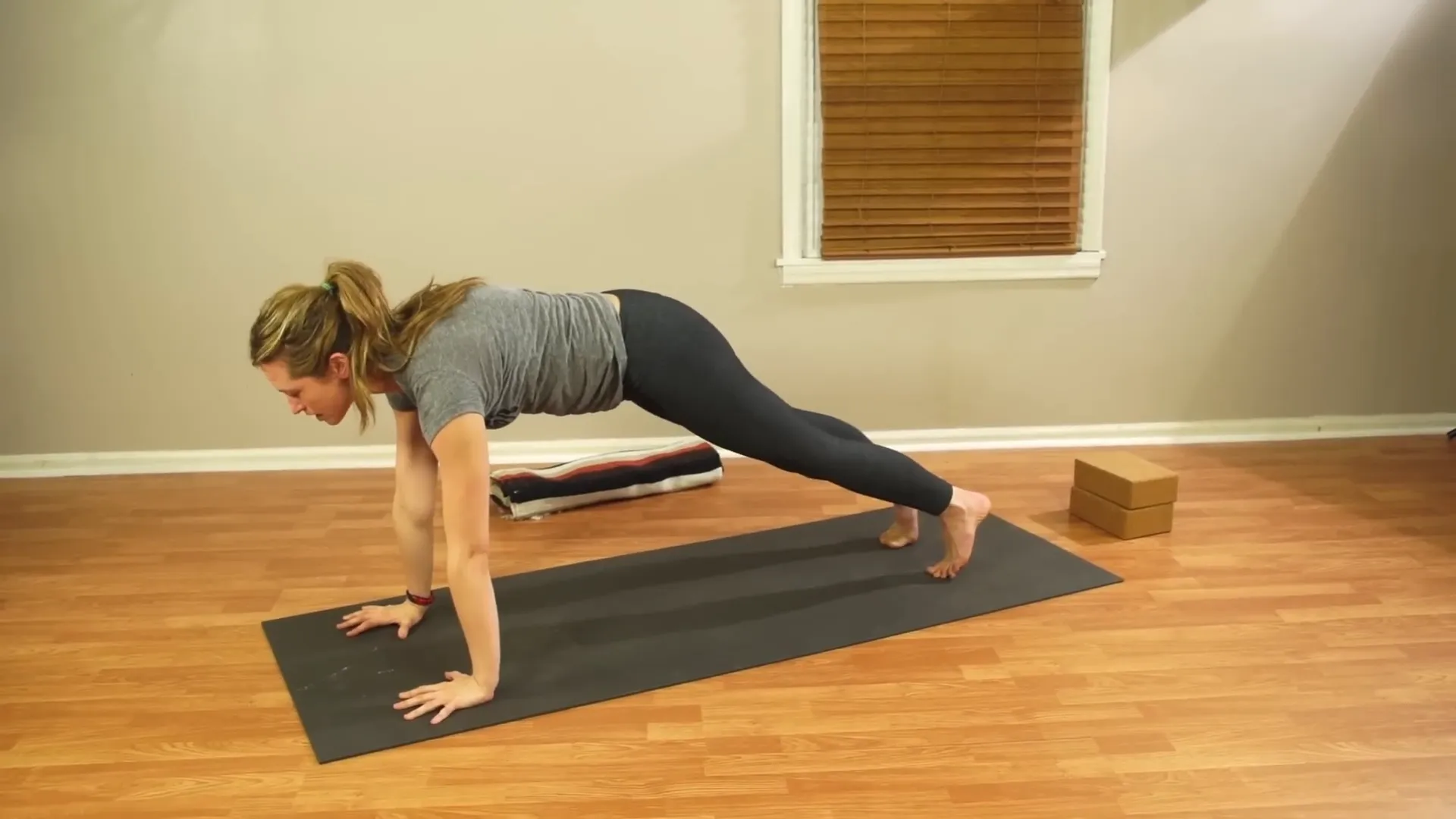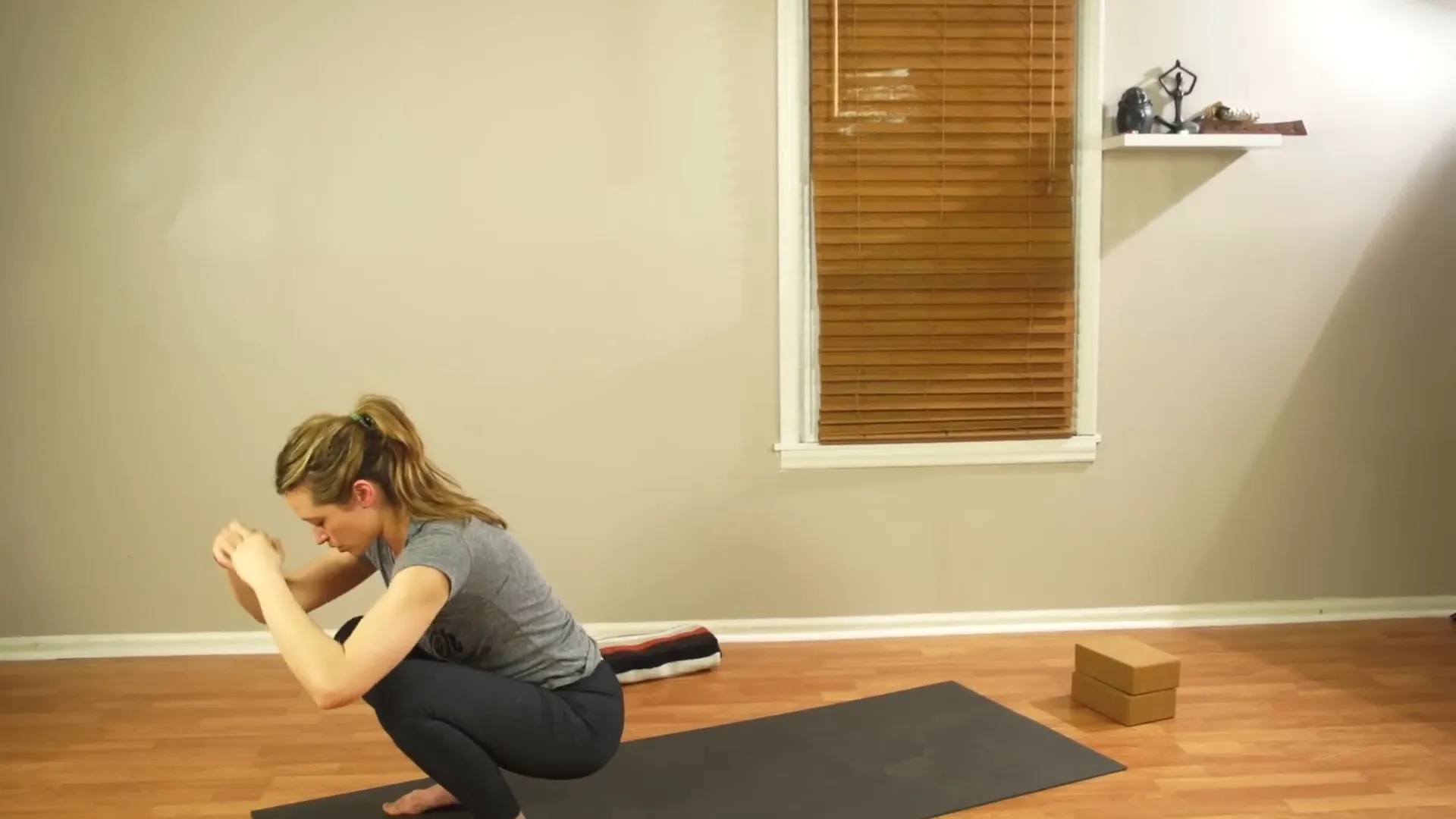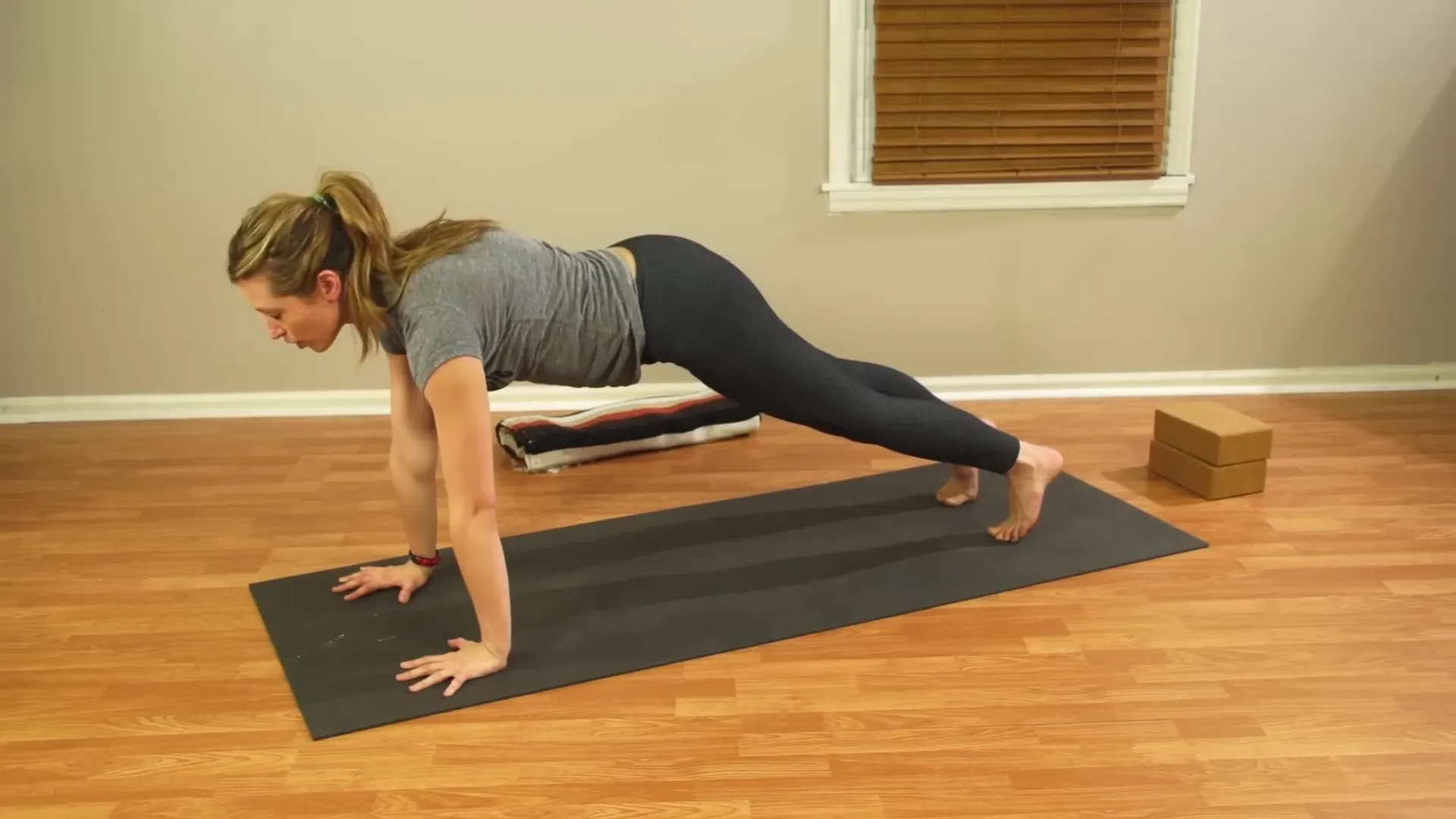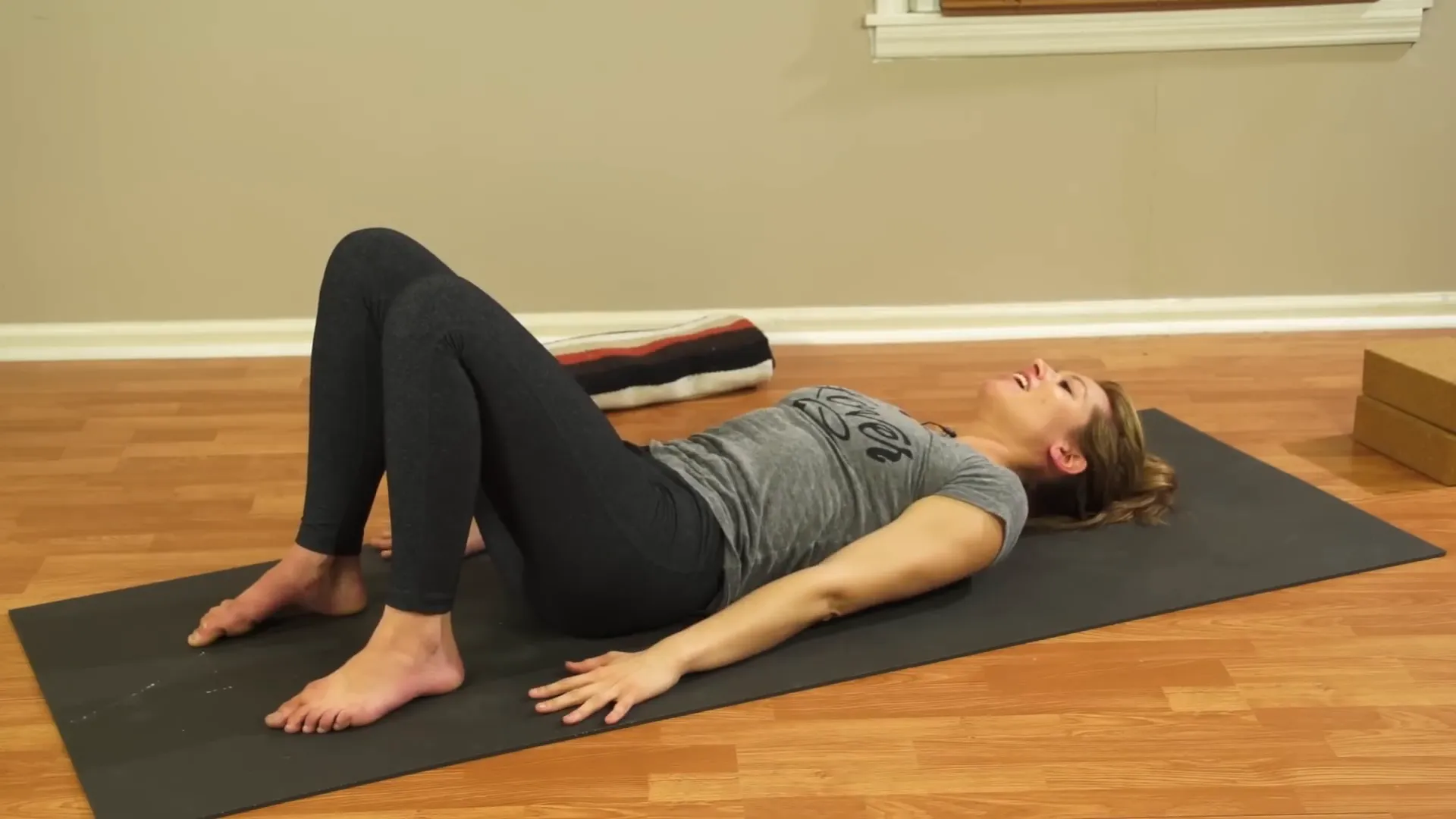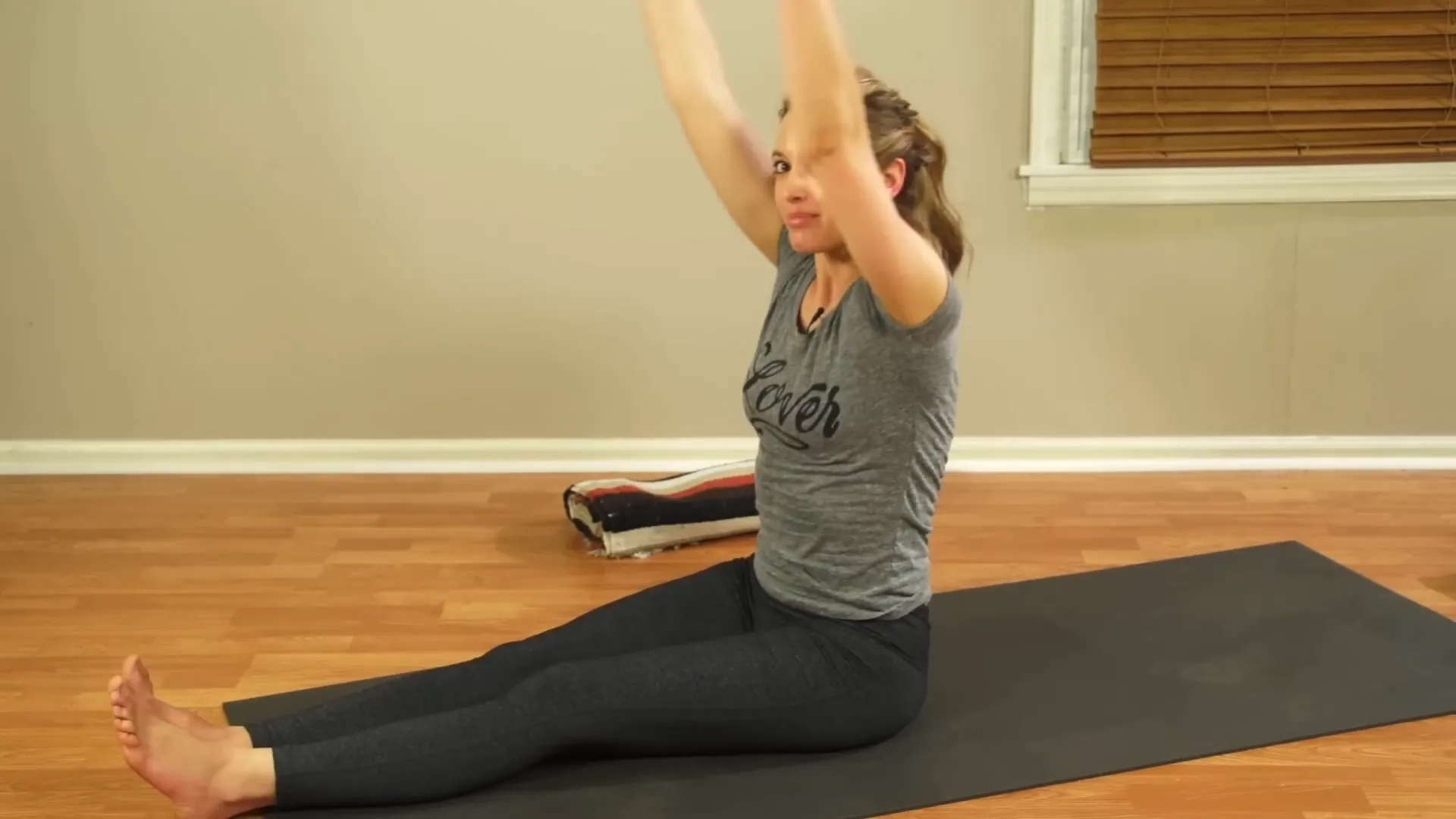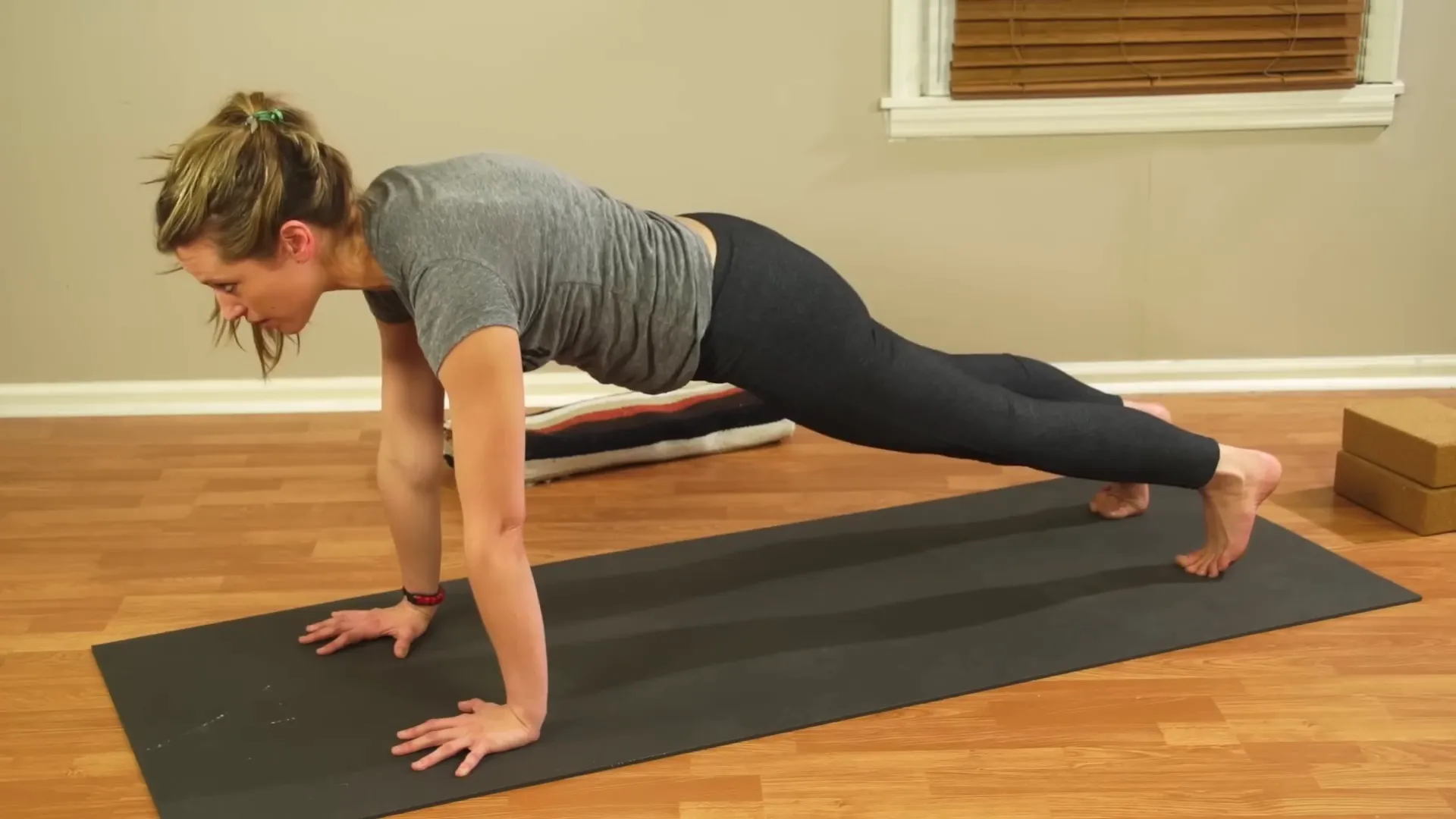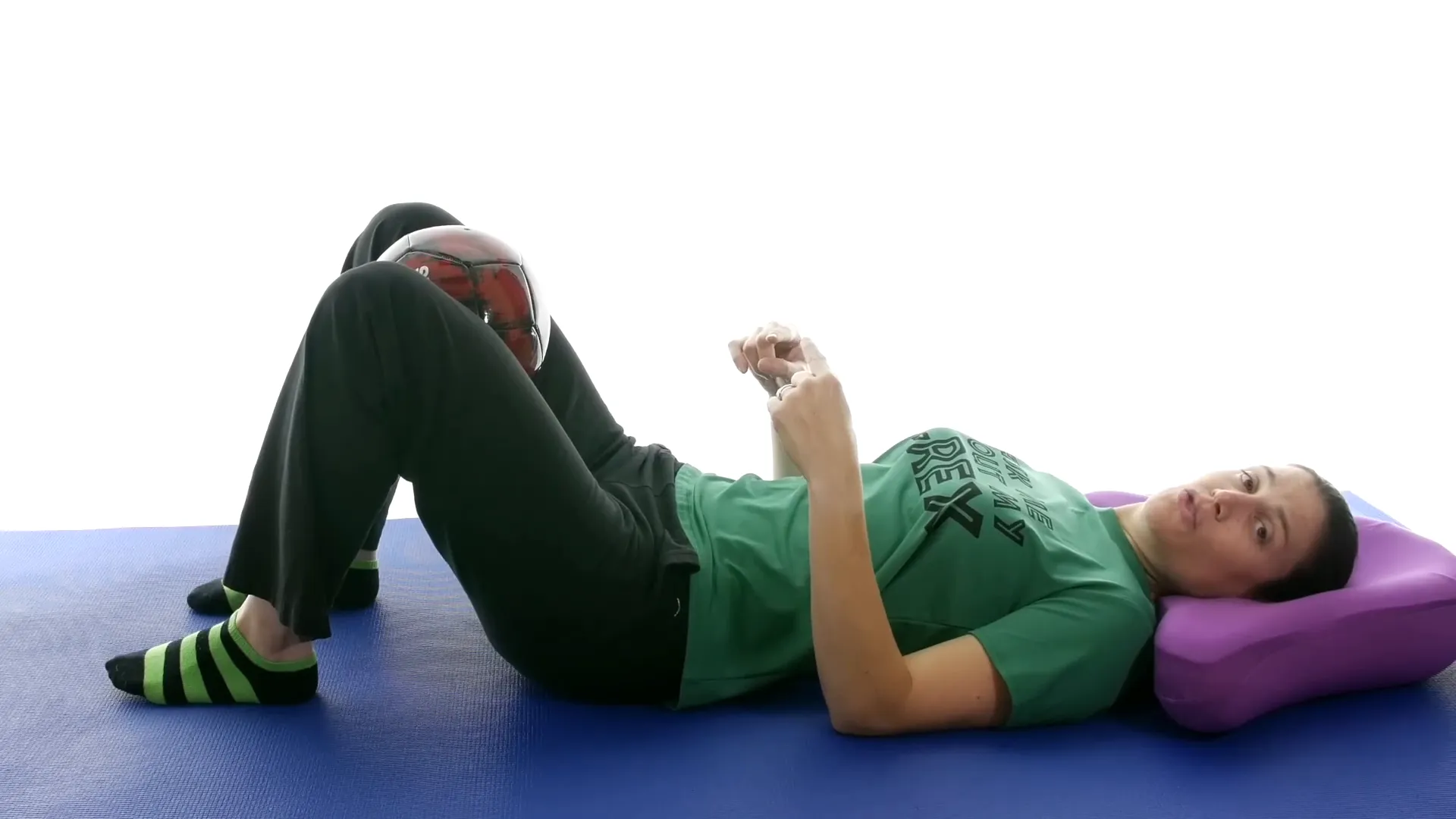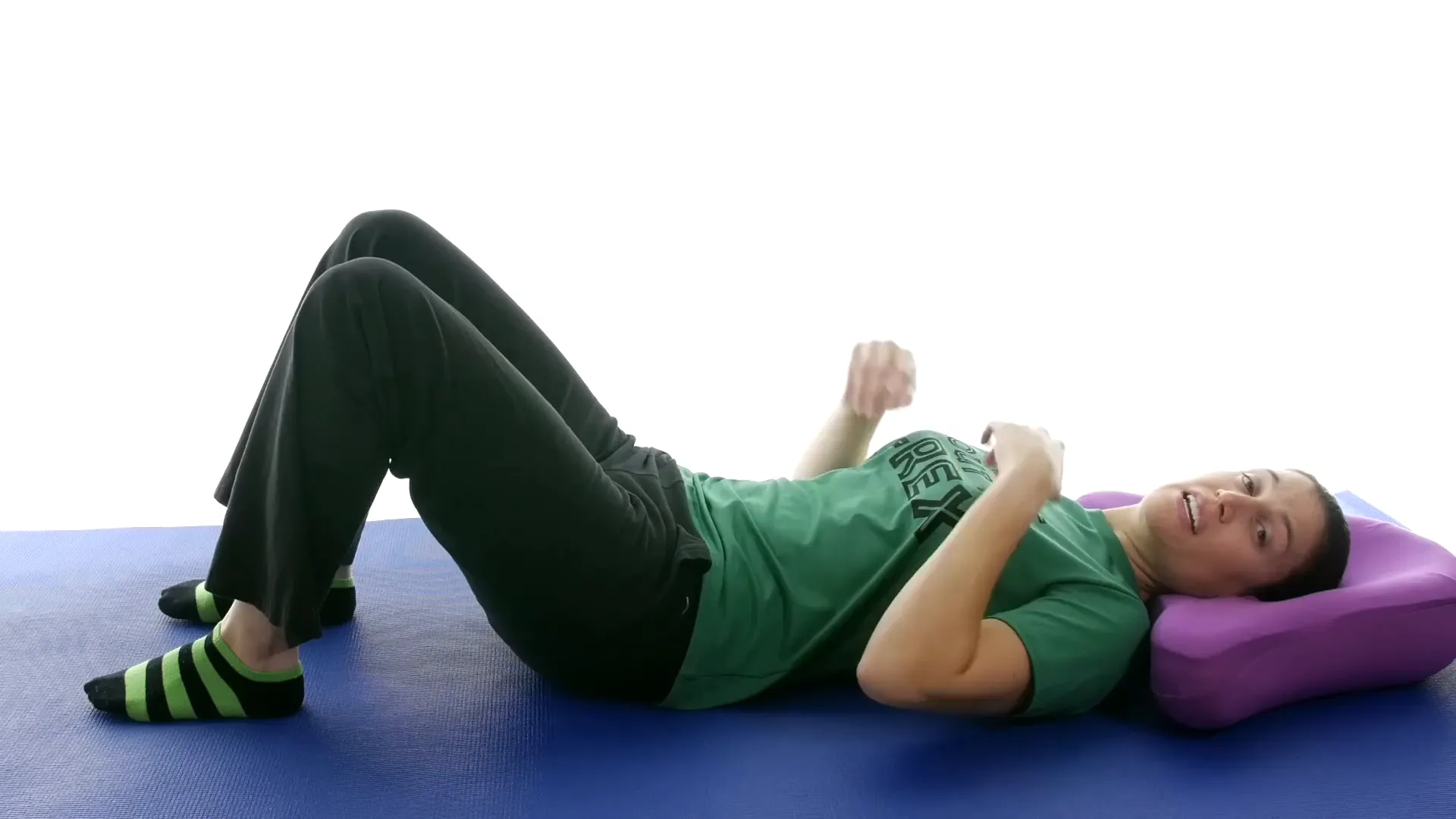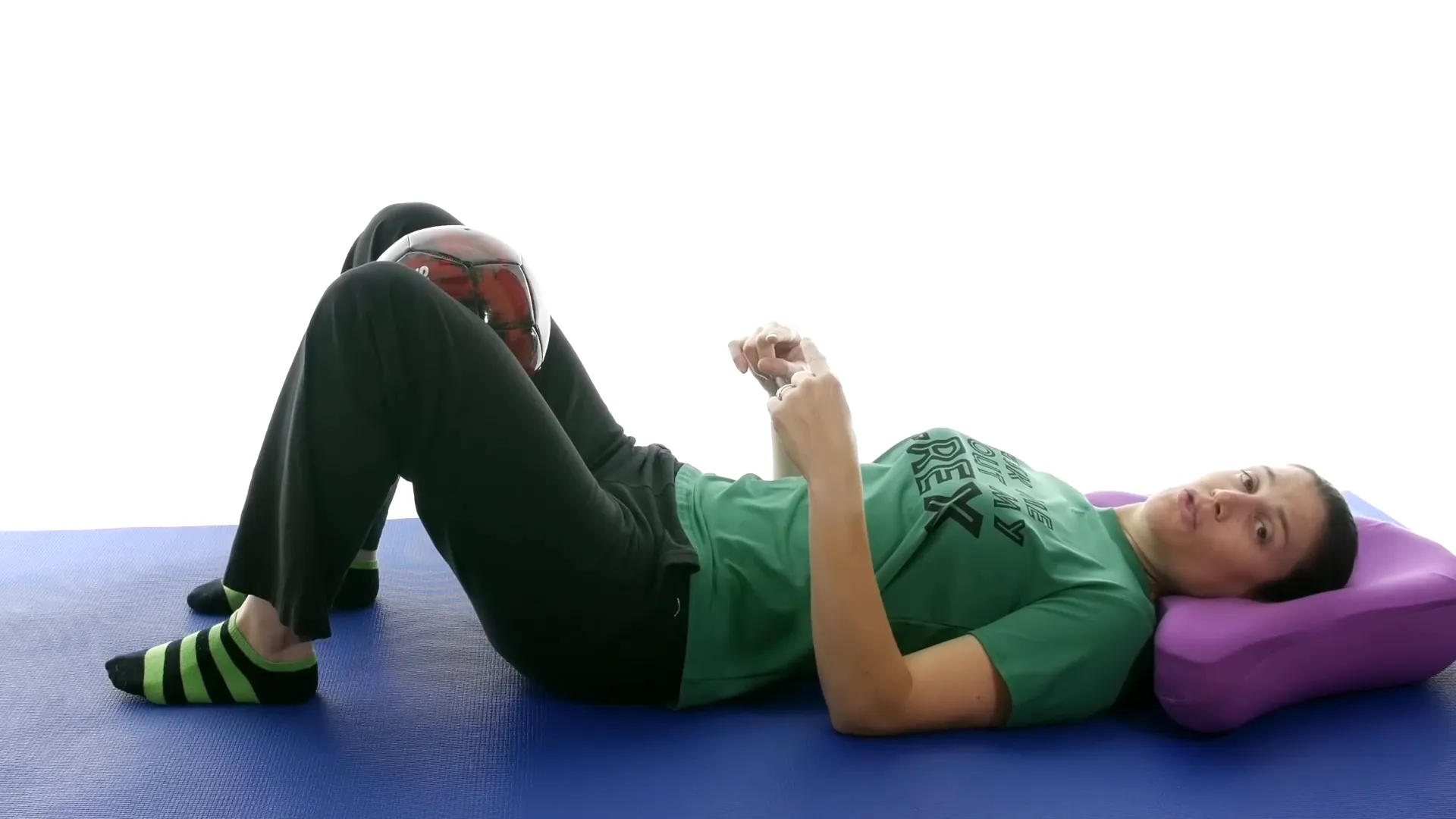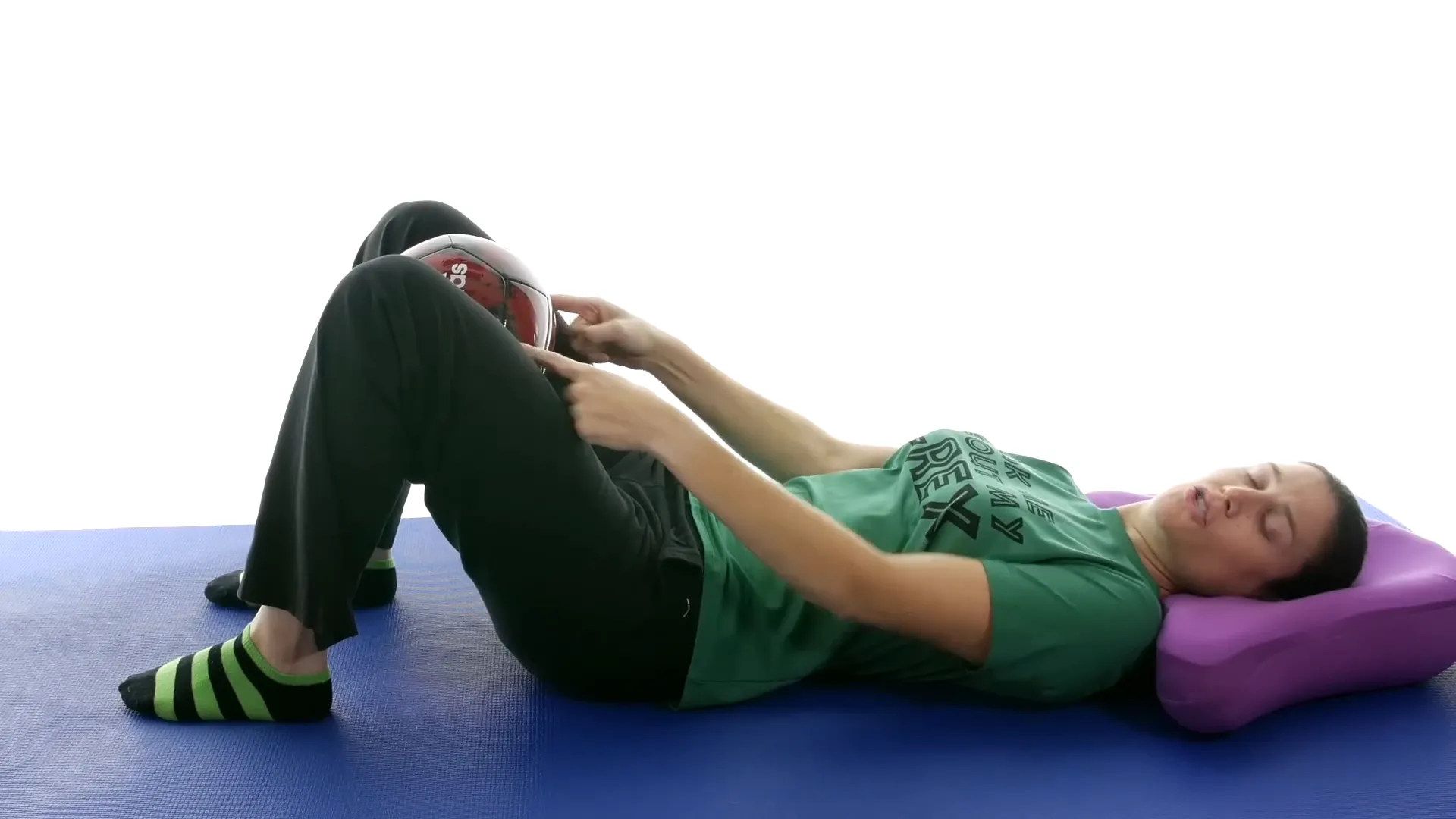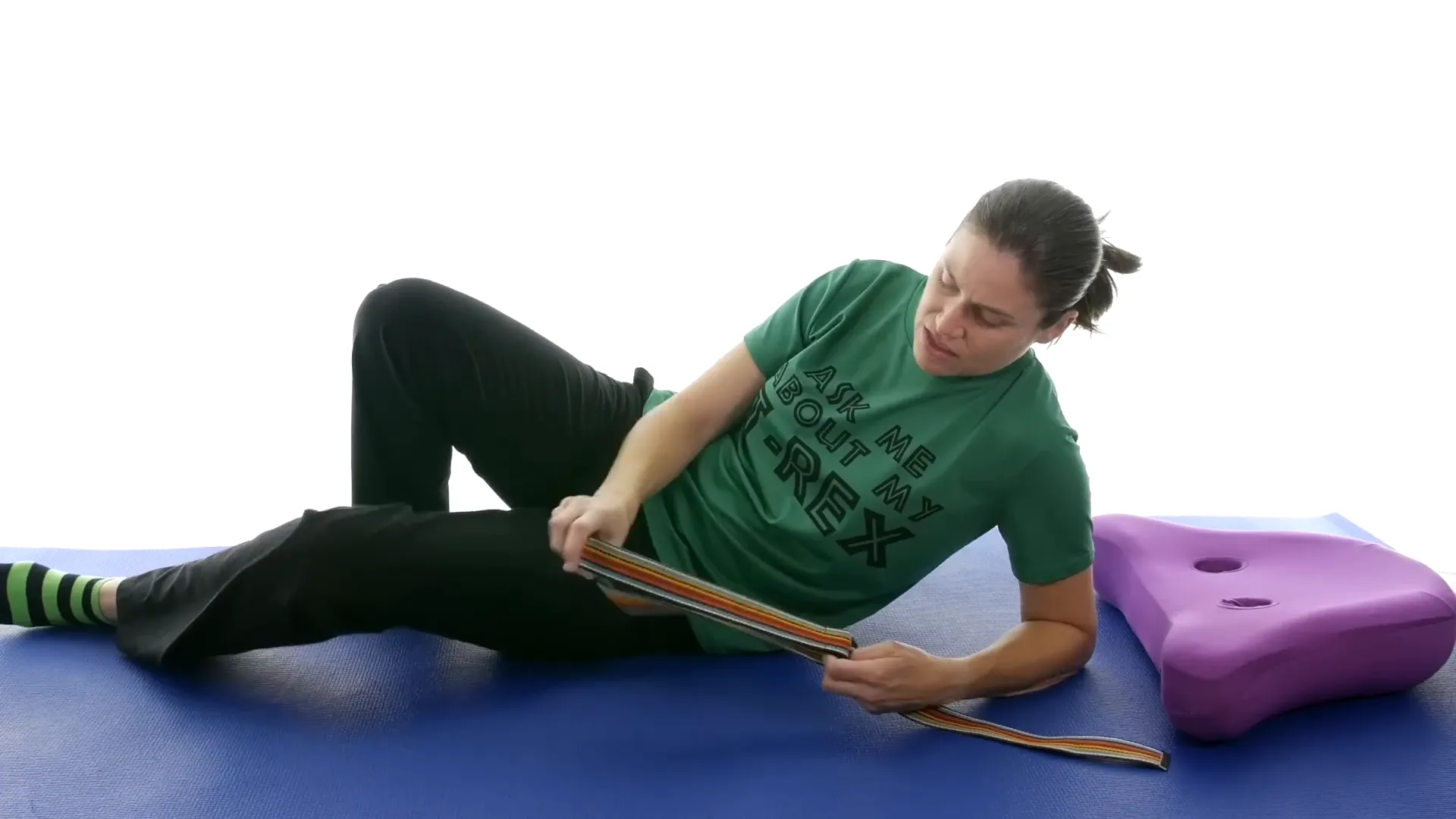In this blog, we explore restorative yoga poses for reflection that help you retreat inward, fostering a deeper connection with your mind, body, and spirit. Join me as we navigate through calming postures designed to create a sense of clarity and allow for meaningful self-reflection.The content of this blog post is curated from this video: 15 Min Relaxing Yoga | Restorative Yoga for Reflection. Yoga with Allie Van Fossen offers a holistic approach to yoga, blending body, mind, and soul practices to help you transform your life on and off the mat—definitely worth checking out!
Table of Contents
- Welcome to Your Practice
- Janu Sirsasana A: Finding Your Depth
- Prone Shavasana: Rest and Reflect
- Returning to a Seated Position
- Reflective Practices and Community Connection
- Yoga Reset Guide: Your Holistic Toolkit
- FAQs
Welcome to Your Practice
Welcome to your mat, a sacred space for exploration and reflection. Here, we cultivate a practice that nurtures not just the body, but also the mind and spirit. Embrace this moment as an invitation to delve deeper into yourself. Allow the energy of your surroundings to guide you inward, where true transformation begins.
The Importance of Forward Folds
Forward folds are more than mere physical postures; they’re a powerful tool for introspection. By bending forward, we symbolically release the weight of our thoughts and worries, creating a safe environment for reflection. This gentle act encourages us to retreat from the chaos of our external world.
- Calming: Forward folds activate the parasympathetic nervous system, promoting relaxation.
- Nurturing: These poses allow us to connect with our inner selves, fostering self-compassion.
- Act of Surrender: In surrendering, we create space for acceptance and understanding.
Surrendering to Reflection
As you move through your practice, focus on one element of your life that deserves your attention. It might be an opportunity waiting to unfold or an obstacle that needs addressing. Acknowledge its presence and invite it into your awareness. This is your moment to explore the depths of your feelings and thoughts.
Ask yourself, “Why is this important?” Engage with this question, allowing it to guide your exploration. What emotions arise? What insights surface? Let this inquiry unfold naturally, without judgment.
Gathering Your Props
Before we begin, it’s helpful to gather props that will support your practice. If you have two yoga blocks, they will enhance your experience, but don’t worry if you don’t. You can still enjoy the benefits of restorative yoga without them. Props allow for greater comfort and accessibility, making it easier to focus on your reflections.

Starting with Uttanasana
Let’s begin with Uttanasana, or the Standing Forward Fold. This pose sets the tone for our reflective practice. Bend your knees generously, allowing your torso to drape forward. If you have blocks, rest your forearms on them, creating a stable base. This position encourages a gentle release of tension.
As you settle into this pose, bring the element of reflection into your awareness. Why does it matter? Spend a few breaths contemplating this question, allowing your thoughts to flow without restraint.

Downward Facing Dog: A Moment of Stillness
Transition into Downward Facing Dog, a pose that encourages grounding and stability. Place one block off to the side and rest your head on the remaining block if you’re using one. This pose invites you to connect with your breath as you create space for introspection.
Maintain a generous bend in your knees, which allows your sacrum to rise towards the ceiling. Here, reflect on the thoughts that arise. There’s no need to overanalyze—simply allow whatever surfaces to be part of your journey.

Child’s Pose: Embracing Stability
From Downward Facing Dog, soften your knees and transition into Child’s Pose. If you have a block, place it under your forehead for added comfort. This pose symbolizes safety and stability, allowing you to connect with your innate wisdom.
As you settle into Child’s Pose, consider what it means to receive. Are you open to the insights that come from within? Allow this moment to be a gentle reminder of your strength and trust in the process.
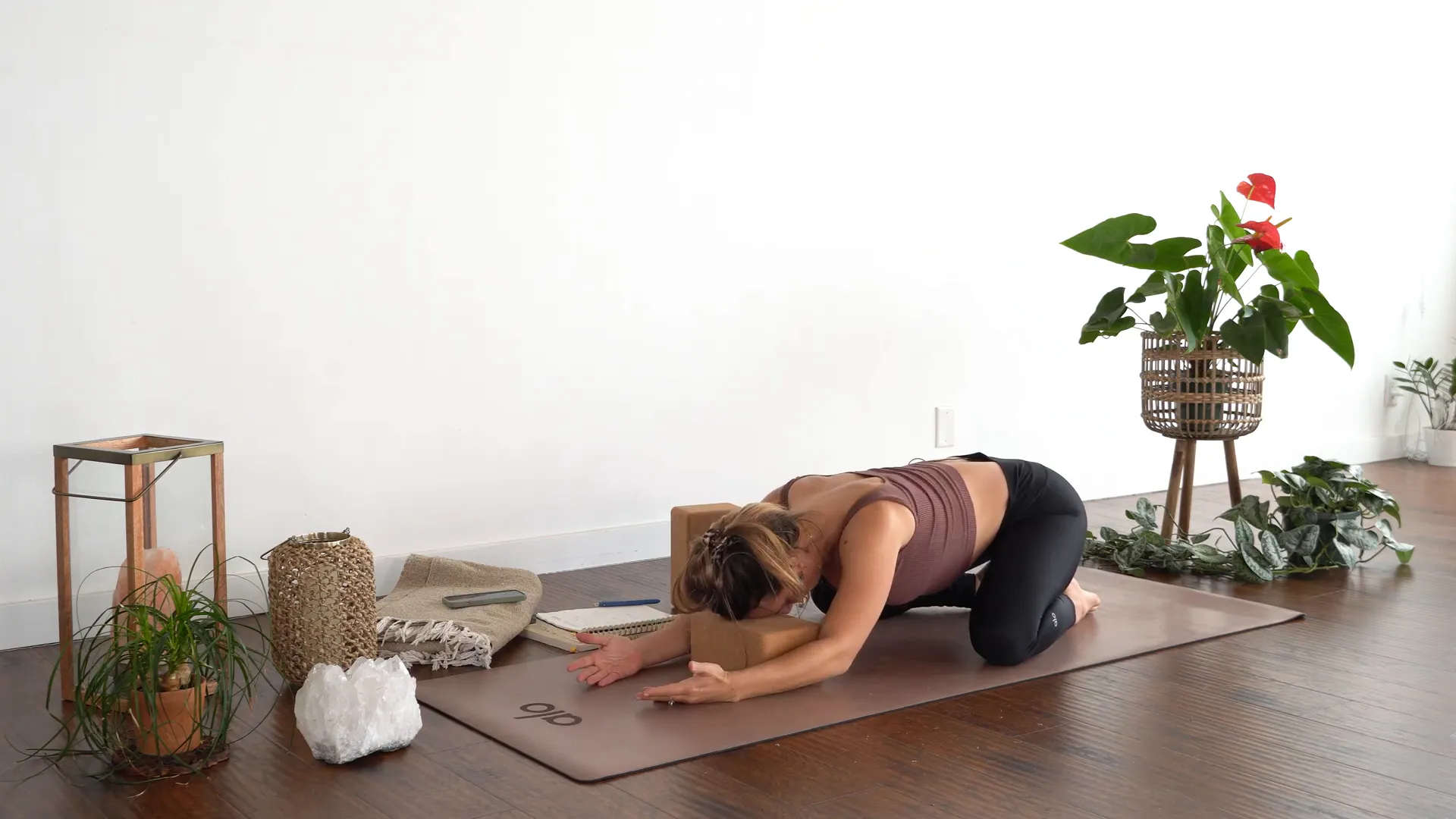
Janu Sirsasana A: Finding Your Depth
As we transition into Janu Sirsasana A, or Head-to-Knee Pose, let’s take a moment to appreciate the beauty of this restorative yoga pose. This posture encourages us to find our depth—both physically and emotionally. Extend your right leg long, bringing the sole of your left foot to your inner thigh. Inhale deeply, reaching your fingertips high, and as you exhale, hinge forward gently over your extended leg.
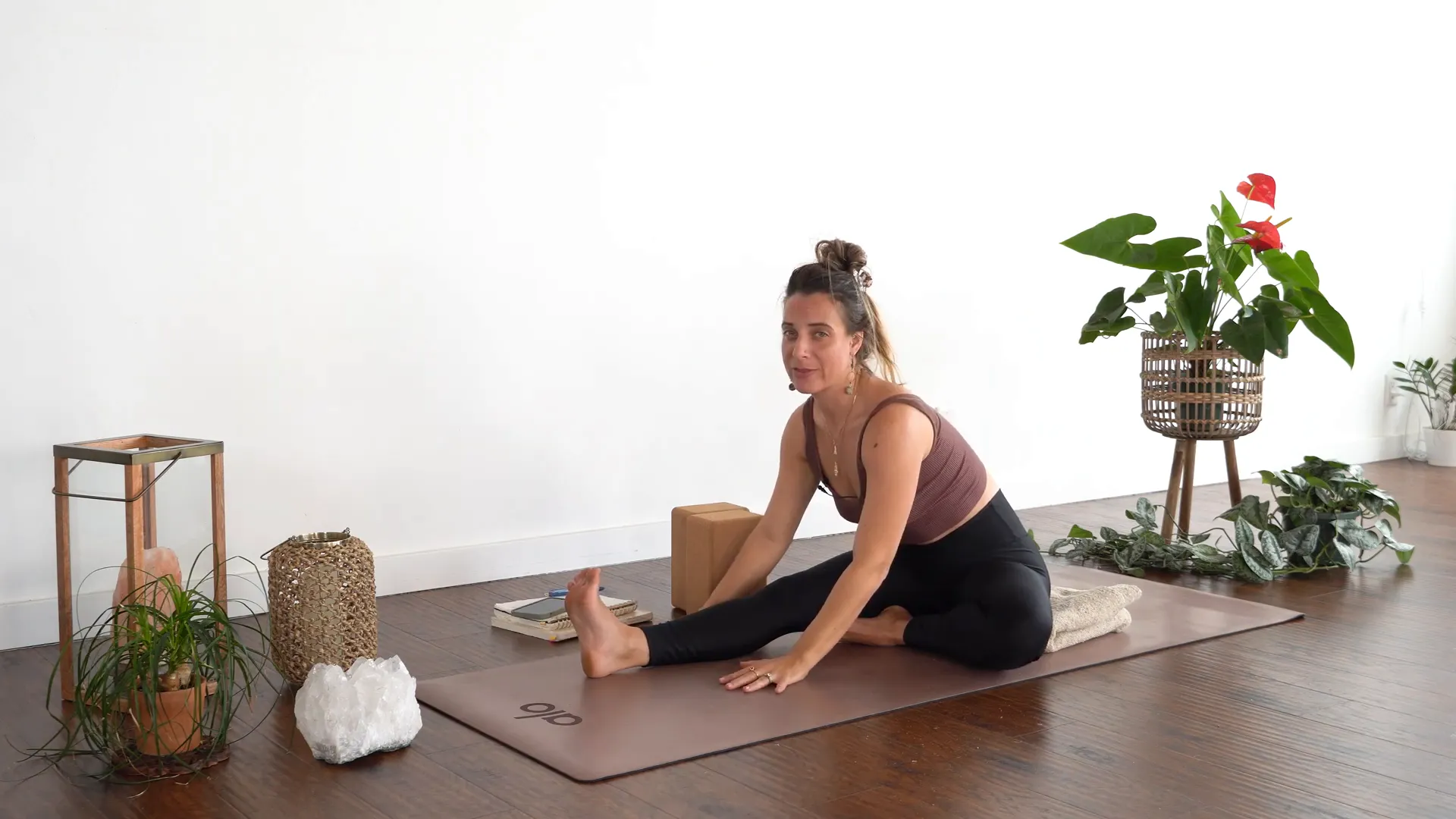
Finding your depth in this pose may differ from day to day. One day you might touch your toes, while another day, you may only reach your knee. Embrace this variability as part of your journey. As you fold forward, invite reflection on the obstacles or opportunities you are currently facing. Allow five breaths here to welcome any insights that arise.
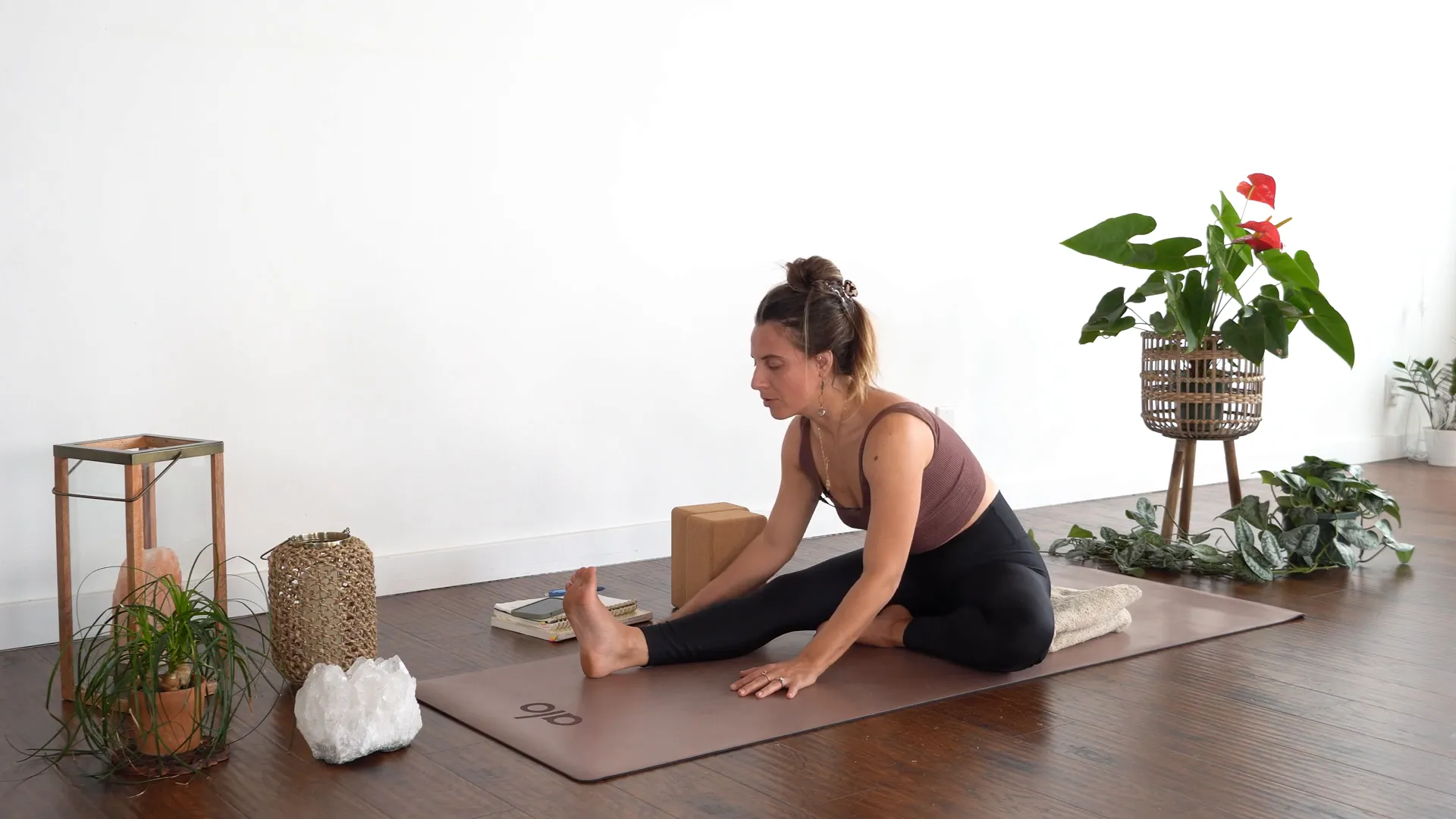
After five breaths, crawl your hands back, sit upright, and gently twist over to the right. Use your left hand against your right knee for support and your right hand as a kickstand behind you. This twist not only aids in digestion but also enhances your ability to reflect on the thoughts and feelings that surface during your practice.
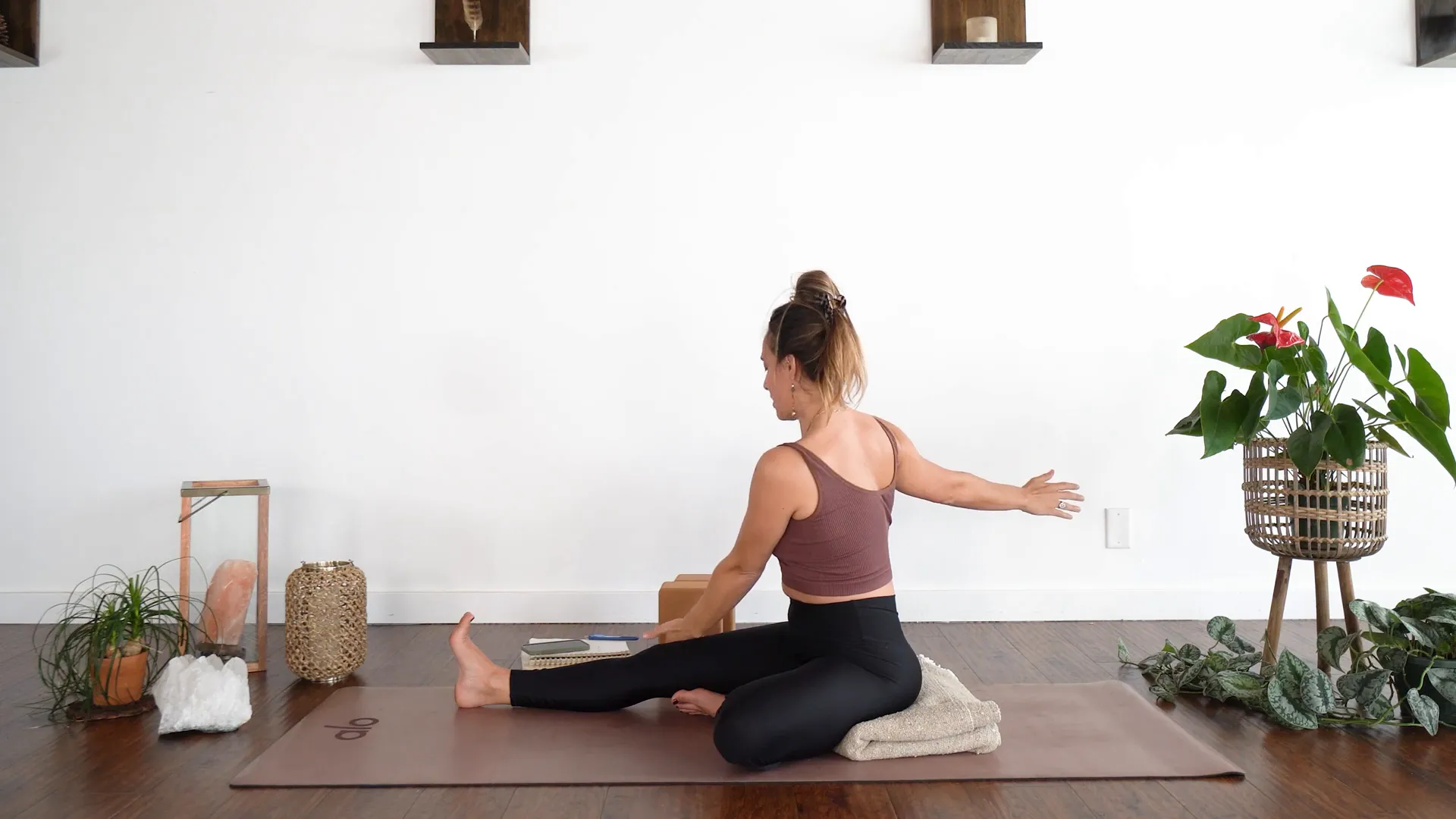
Switch sides and repeat the process with your left leg extended. Remember, the focus remains on reflection and not flexibility. Each breath is an opportunity to delve deeper into your inner landscape. As you practice, consider how this pose serves as a metaphor for your life: Are you reaching for something just out of grasp? Are you allowing yourself to explore your boundaries?

Prone Shavasana: Rest and Reflect
Now, let’s transition into Prone Shavasana. This restorative pose invites a sense of surrender and encourages deep relaxation. If you have blocks, create a bolster-like shape with them and place them towards the middle of your mat. Rest your pelvis over the props, or simply lay flat on your belly if you don’t have any. This is your time to rest and reflect.

Stack your hands and rest your forehead down, allowing your body to melt into the mat. This position promotes a sense of grounding, providing a perfect backdrop for introspection. As you settle in, focus on your breath and let go of any lingering tension. Allow the stillness of this pose to create a spacious environment for your thoughts to bubble to the surface.

While in this pose, contemplate the themes of your life that are calling for attention. What insights can arise from this stillness? Use this time to carve out inner resolve and the courage to face what needs to be addressed. After three minutes, gently slide your hands down by your ribs and push up to a seated position.
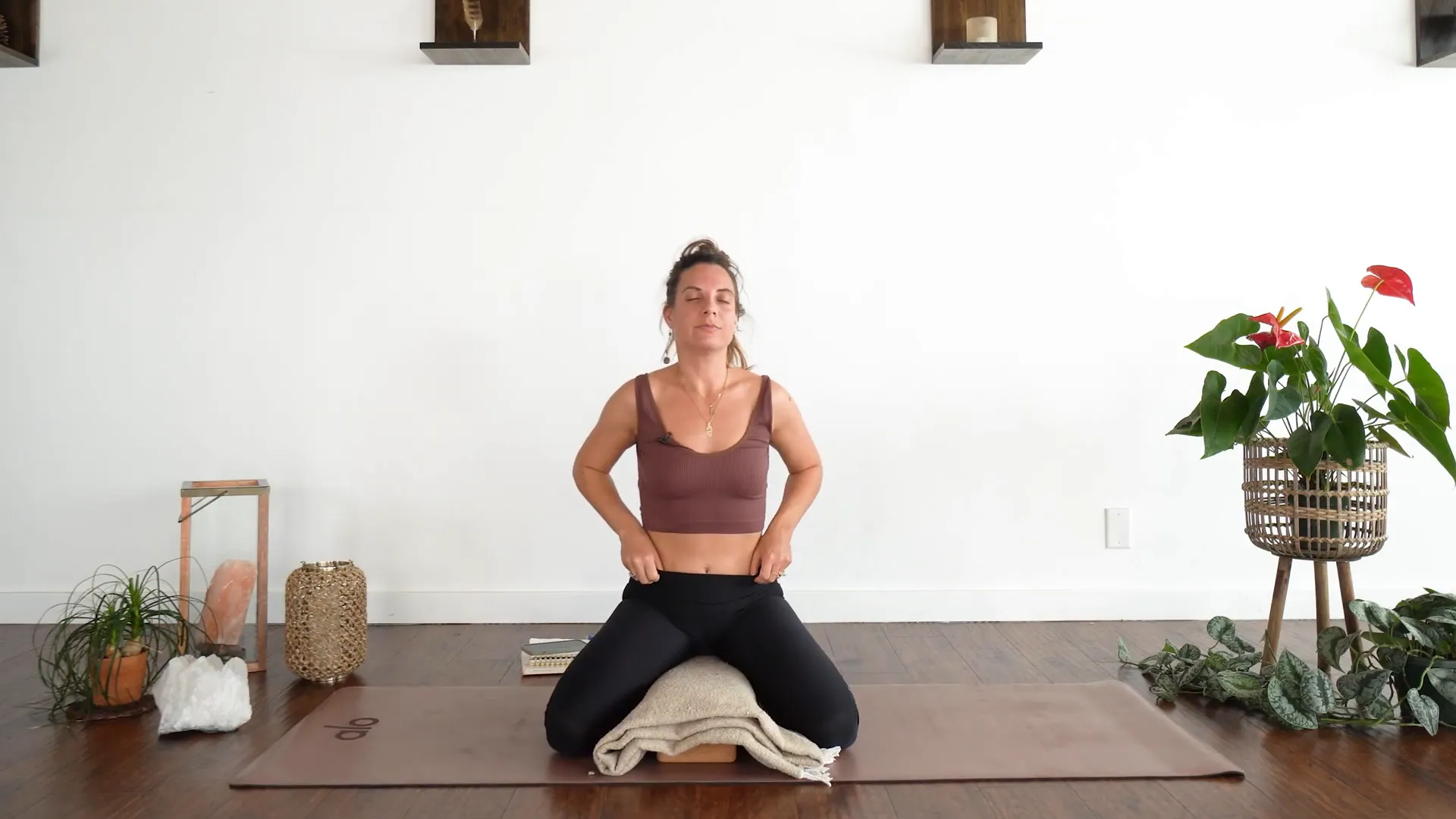
Returning to a Seated Position
As you come to a seated position, take a moment to acknowledge the shift in your energy. Feel the inner strength that arises from leaning into reflection. It’s essential to create space for the opportunities and obstacles that linger on the back burner of your consciousness. Bring your hands into prayer at your heart centre, honouring this moment of connection.
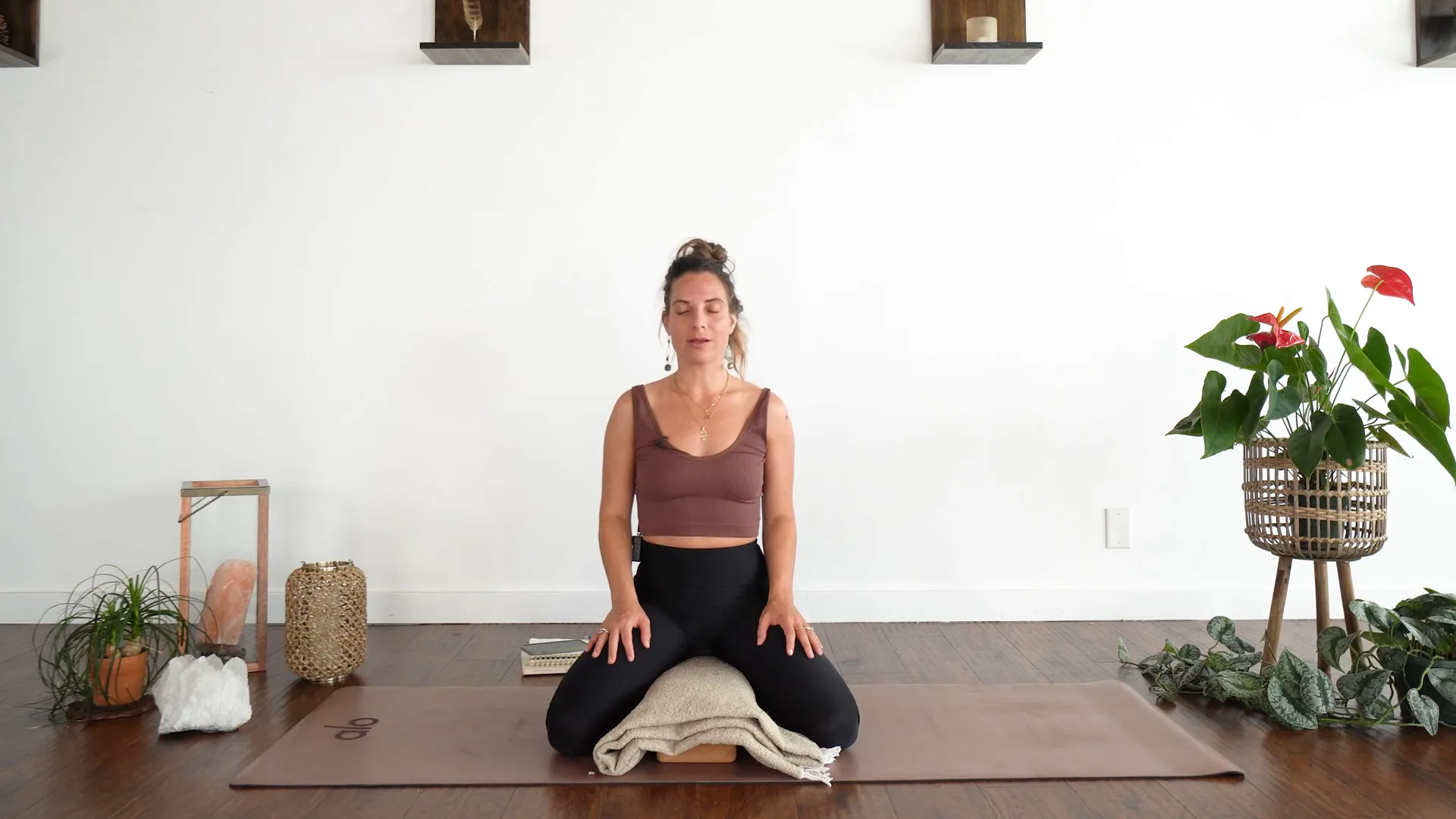
Take a few deep breaths here, grounding yourself in the present. As you inhale, envision drawing in clarity and insight. As you exhale, release any doubts or fears. This practice is all about nurturing your inner landscape and fostering a sense of community connection through shared experiences.
Reflective Practices and Community Connection
Reflective practices are vital not only for personal growth but also for fostering community connection. As we share our reflections—whether through conversation, journaling, or social media—we create a tapestry of experiences that enrich our collective journey. Consider reaching out to a friend or a yoga buddy to discuss your insights and reflections after your practice.
Engaging in dialogue about your experiences can illuminate perspectives you may not have considered. It also reinforces the idea that we are not alone in our challenges and triumphs. Sharing is an act of vulnerability that can deepen relationships and create a supportive network.
Yoga Reset Guide: Your Holistic Toolkit
If you’re interested in expanding your practice beyond these restorative yoga poses for reflection, consider exploring my Yoga Reset Guide. This comprehensive resource is designed to help you navigate your journey through the chakra system, offering both on and off the mat experiences. It’s a holistic toolkit for your wellness journey.

Thousands have already embraced this guide, leveraging its teachings to enhance their practices. Whether you’re new to yoga or a seasoned practitioner, this guide offers valuable insights and tools to support your growth. Download it today and start building your lifelong toolkit as a yoga student.

FAQs
What are restorative yoga poses for reflection?
Restorative yoga poses for reflection are gentle postures that encourage introspection and self-awareness. They provide a calming environment to explore thoughts and feelings, promoting emotional healing and mental clarity.
How can I incorporate reflective practices into my yoga routine?
To incorporate reflective practices, choose a specific theme or question to focus on during your practice. Use poses that allow stillness, like forward folds and seated postures, and take time to breathe deeply and observe your thoughts.
What should I do if I can’t reach my full expression in a pose?
It’s essential to listen to your body and honour where you are at that moment. Use props for support and remember that yoga is about the journey, not the destination. Embrace the experience rather than striving for perfection.
Can I practice these poses at home?
Absolutely! These restorative yoga poses can be practiced at home. Create a calming environment, gather any props you have, and dedicate time for your practice. Allow yourself to explore and reflect at your own pace.









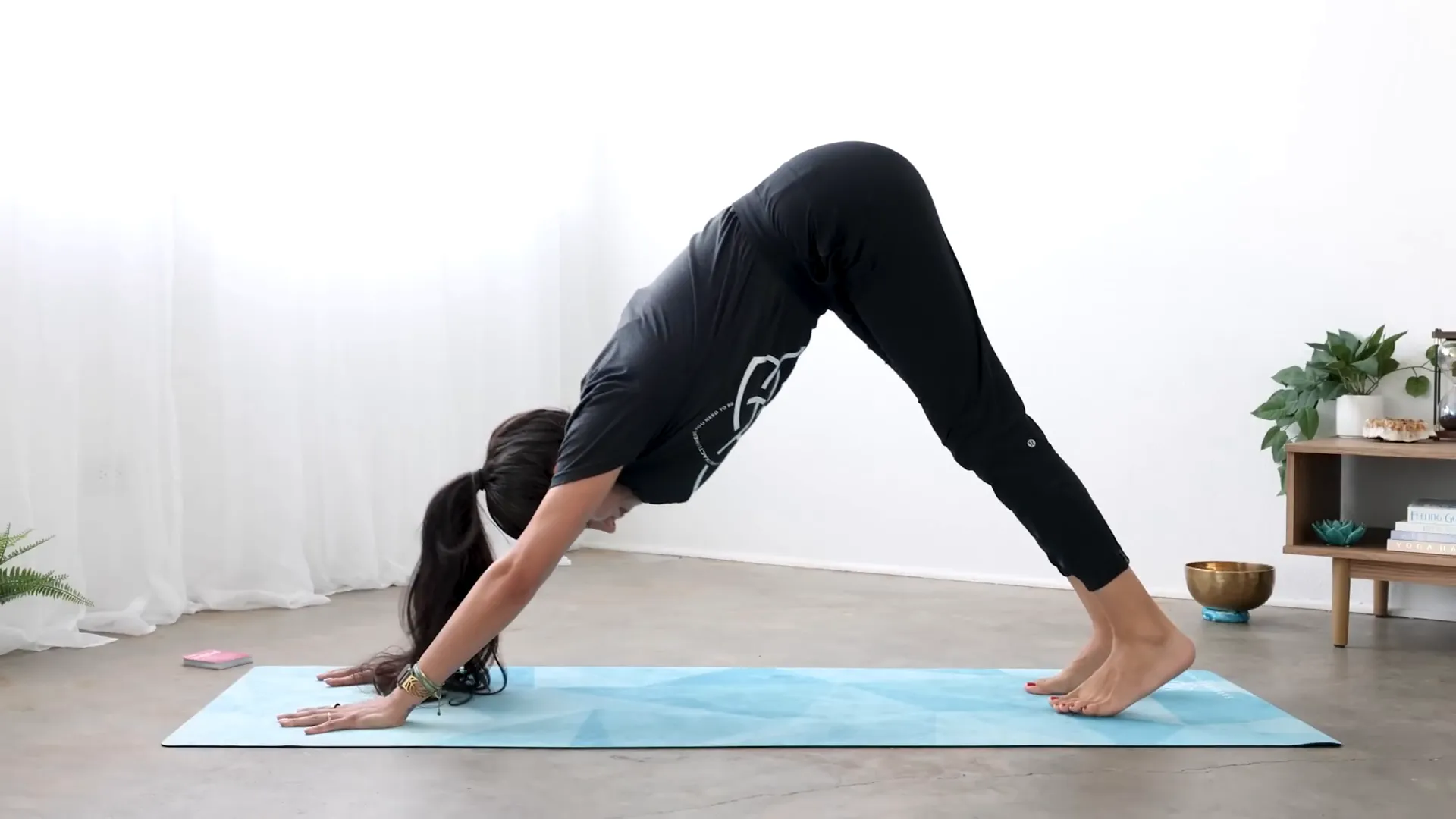







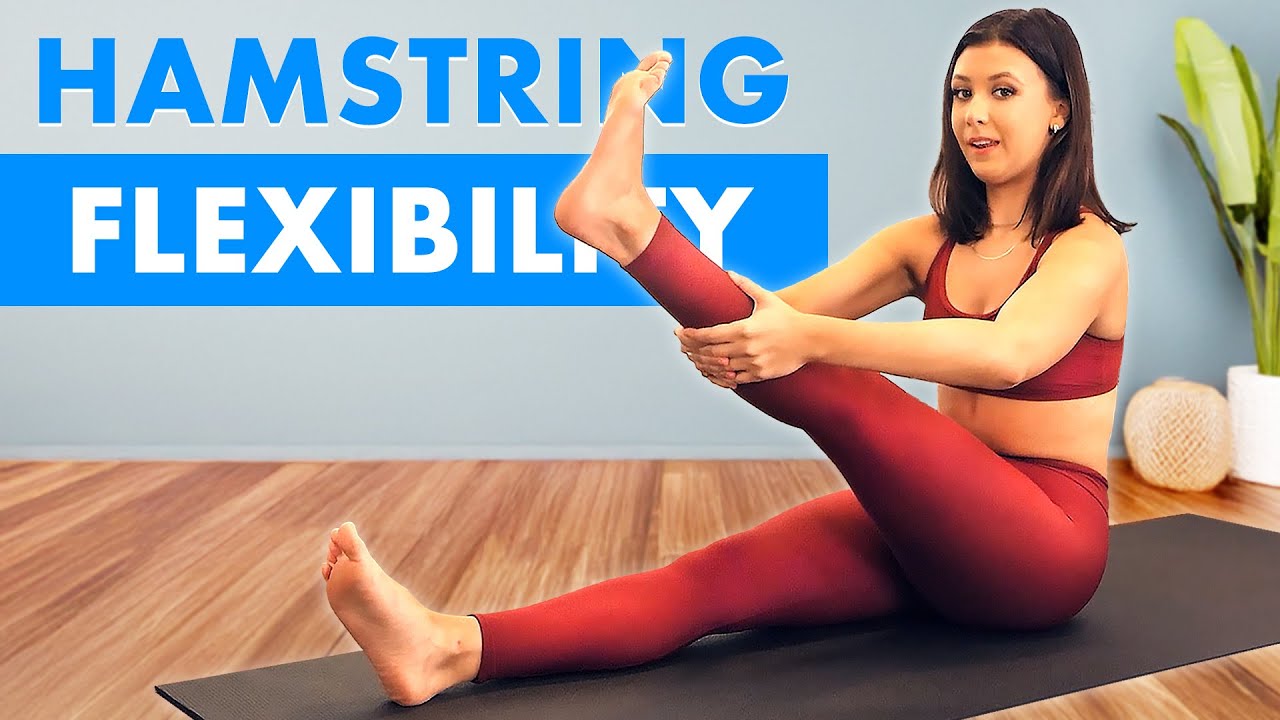
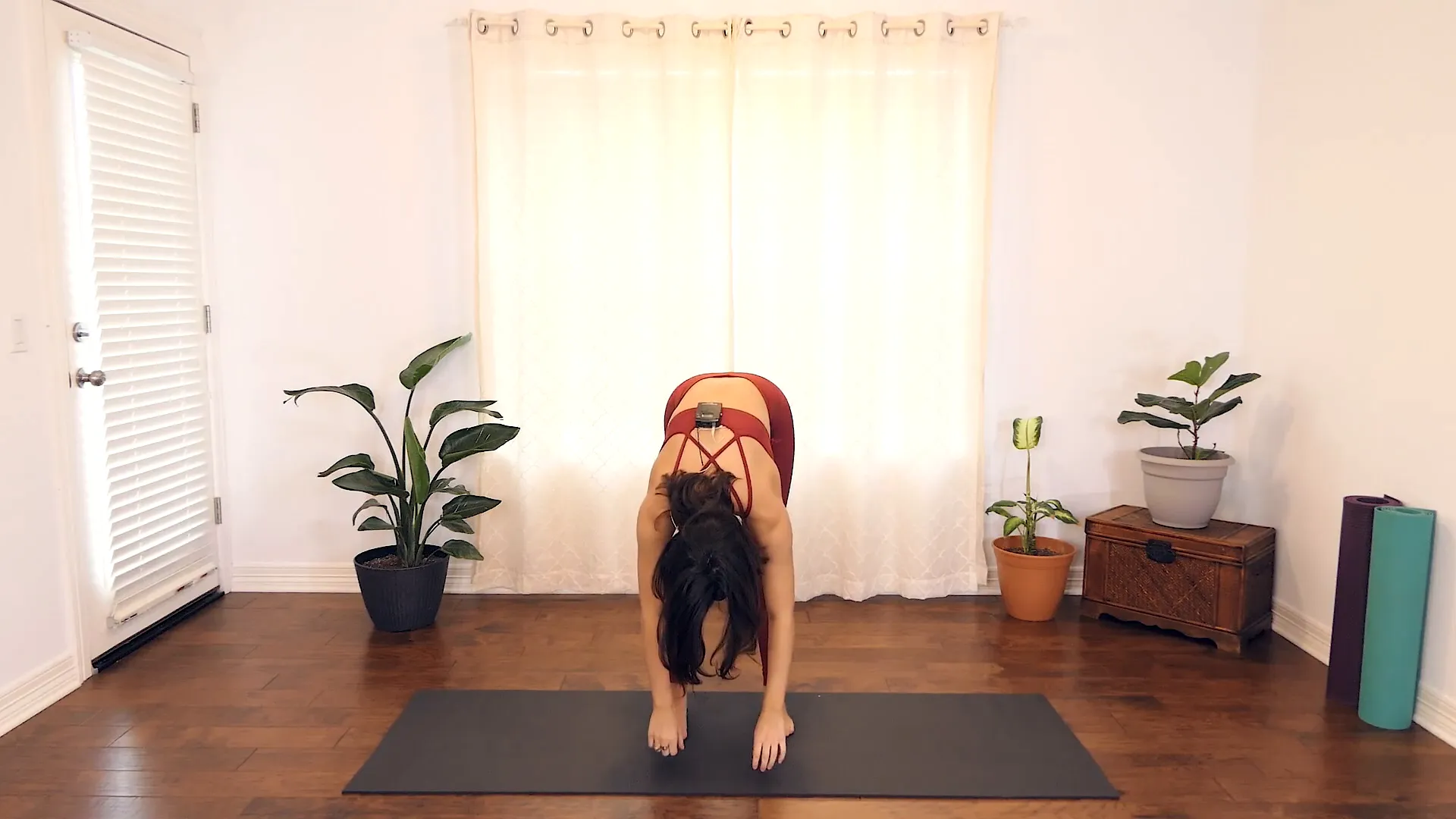
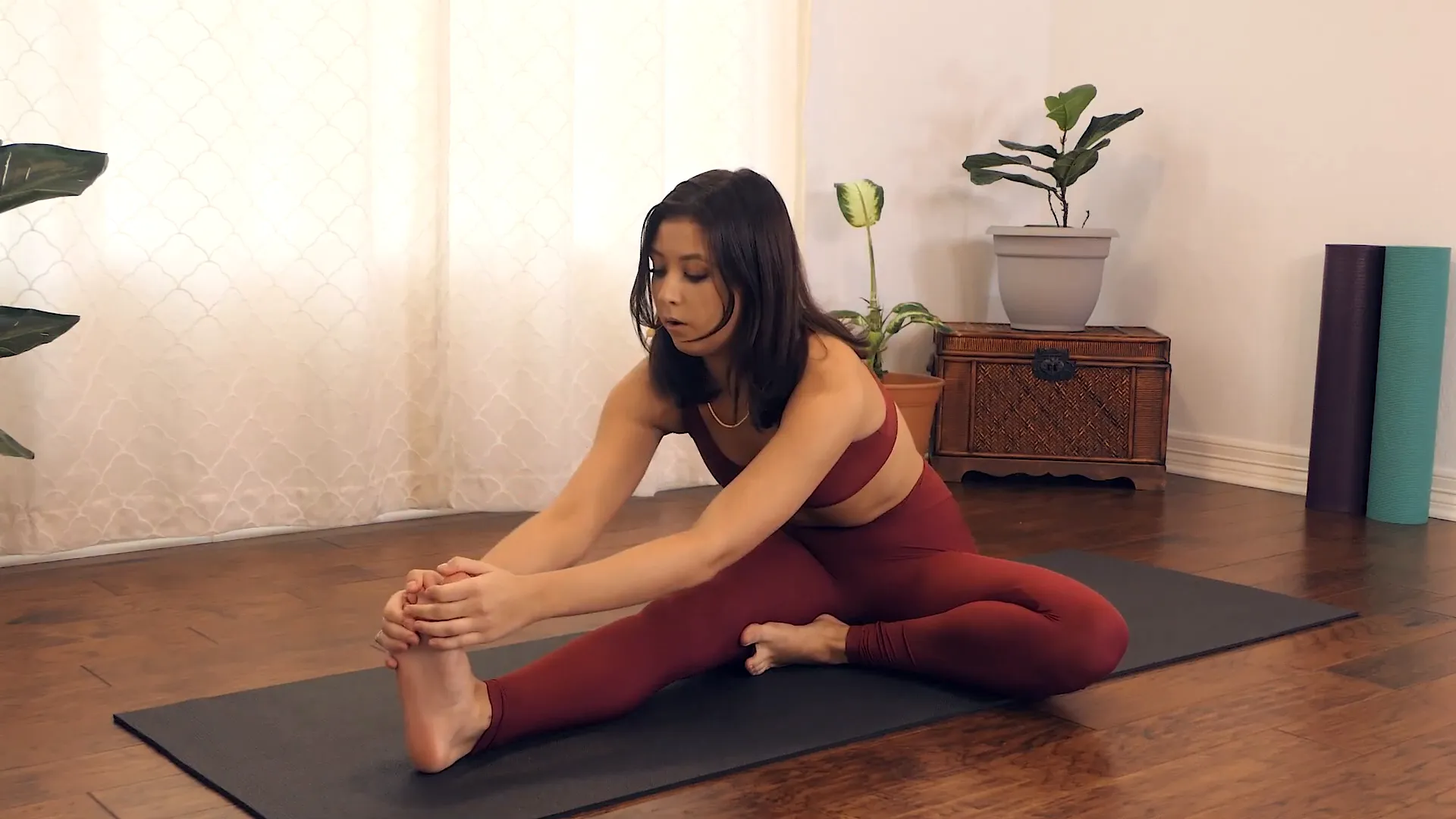
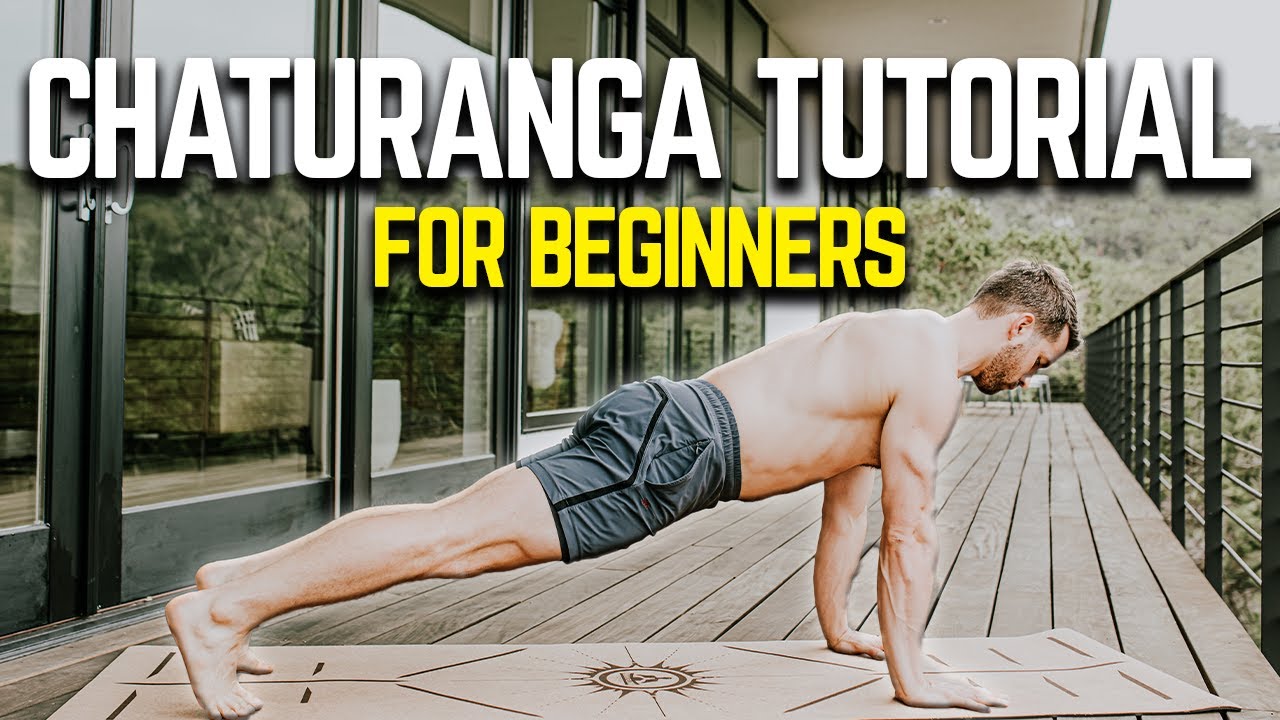
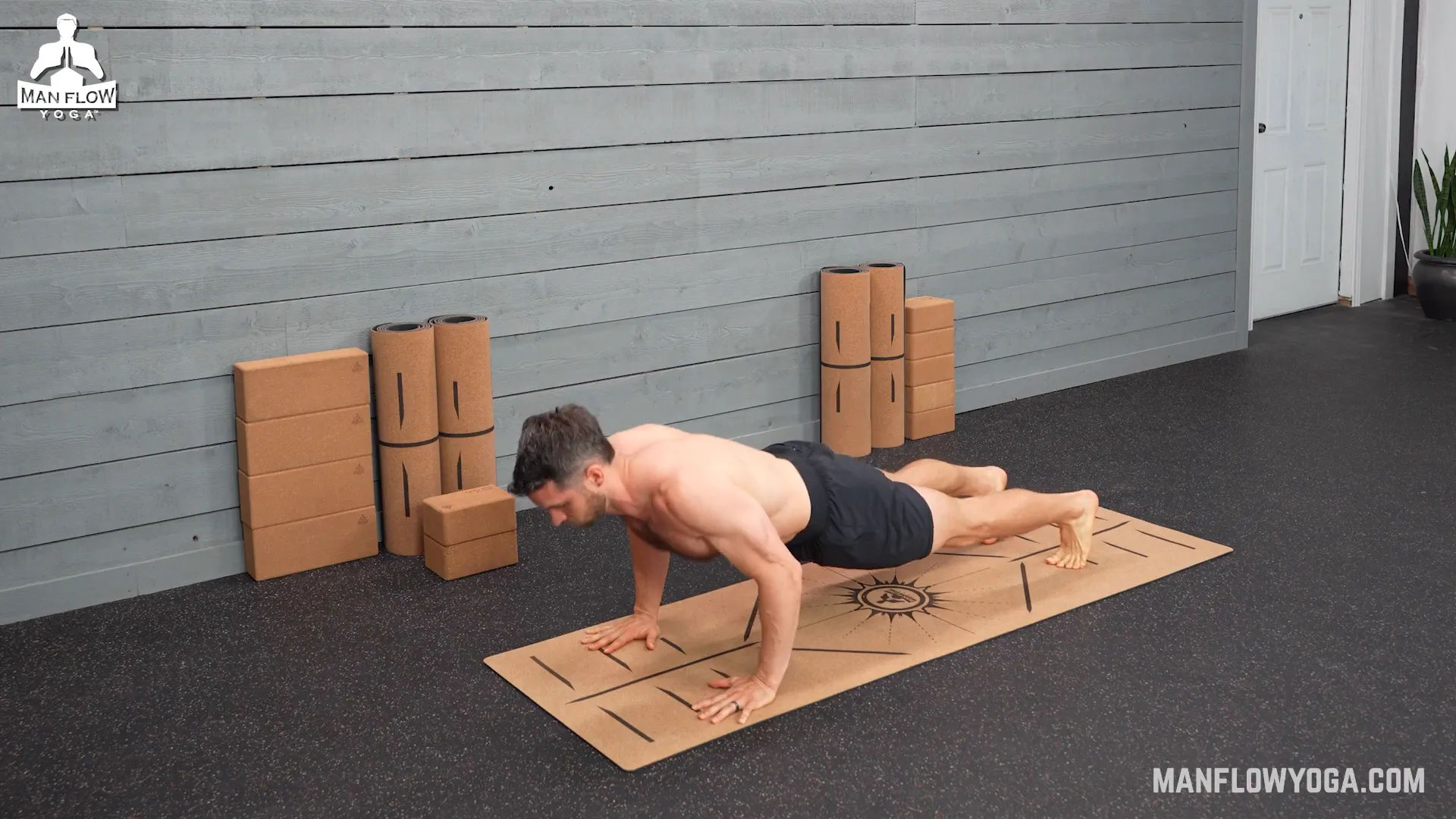
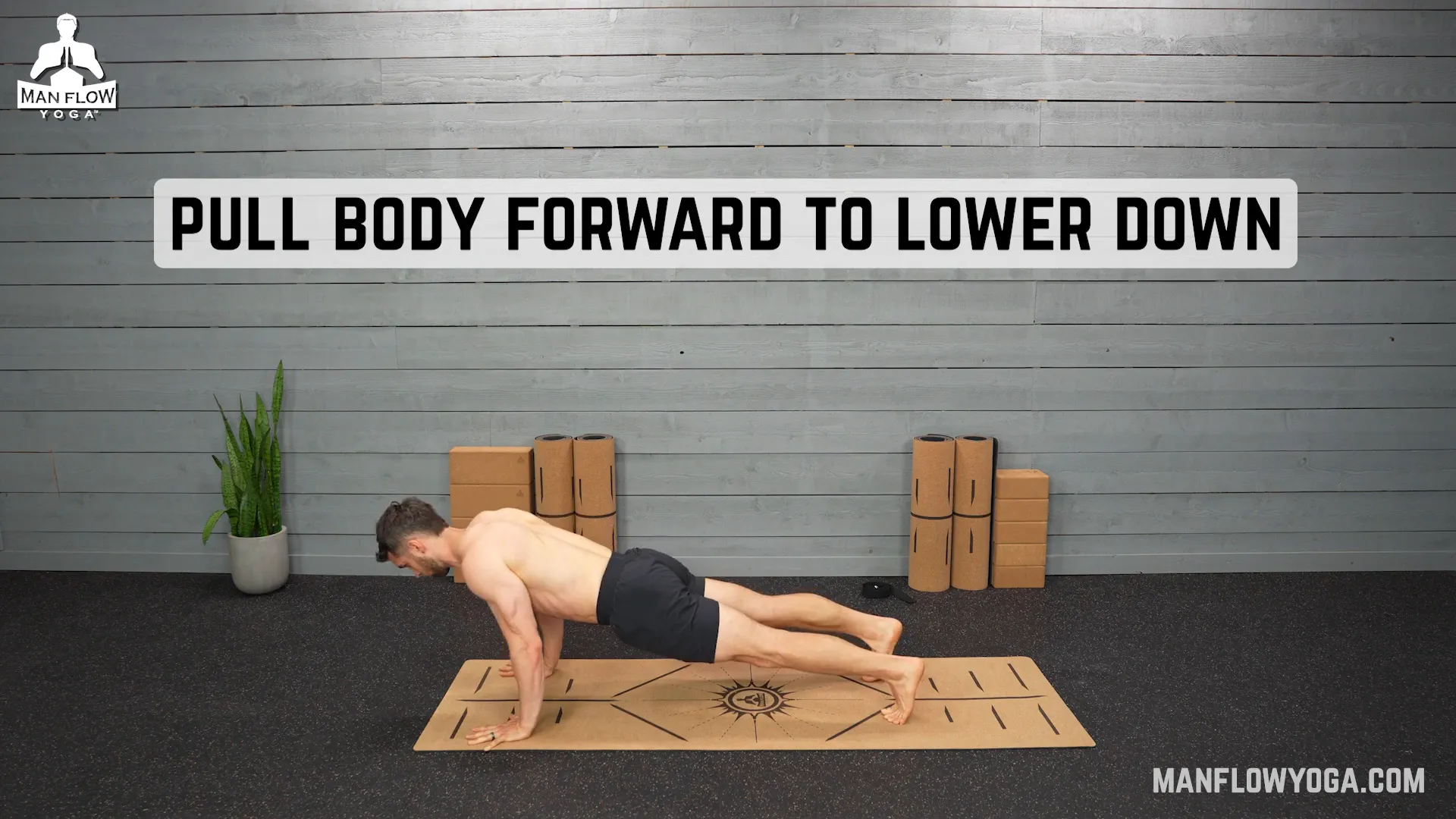
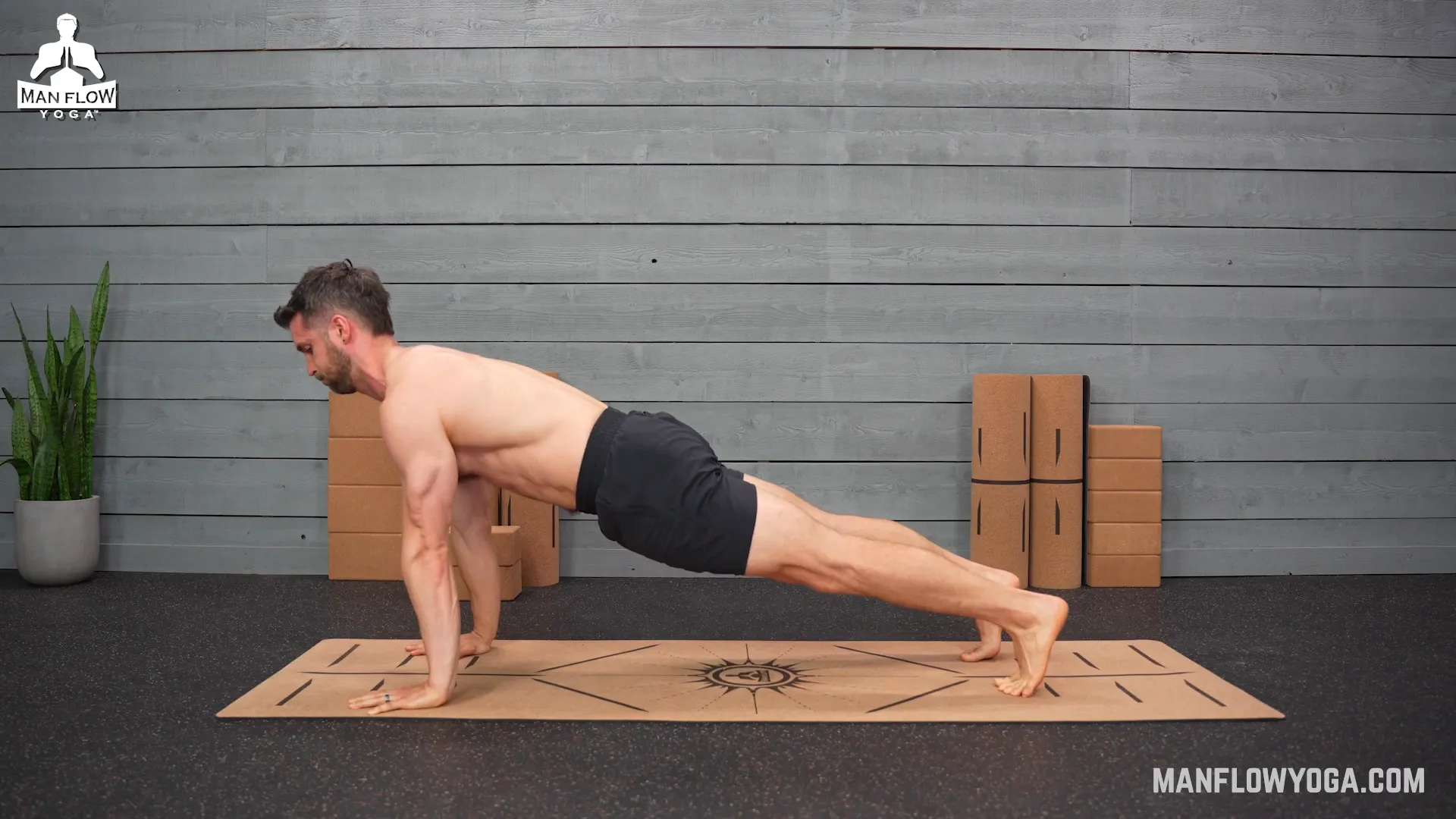
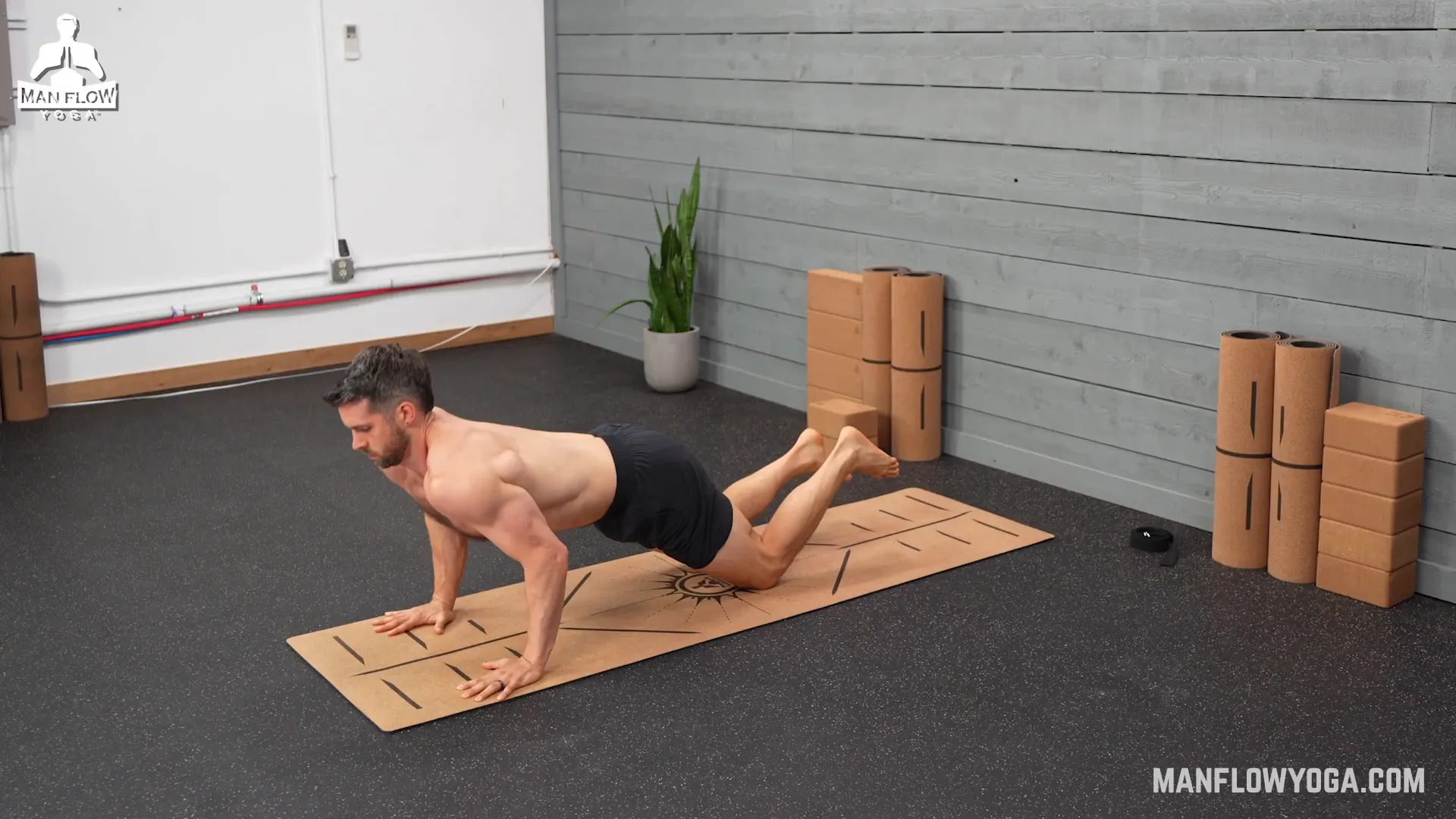

 “
“






